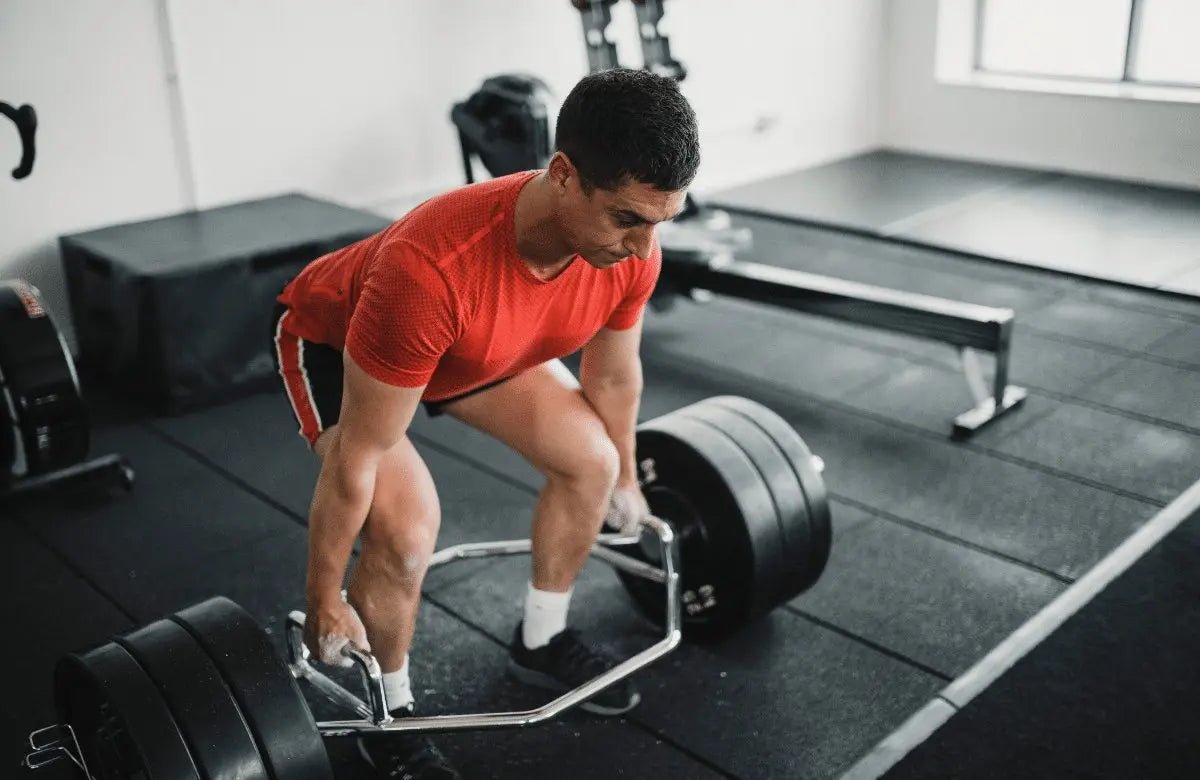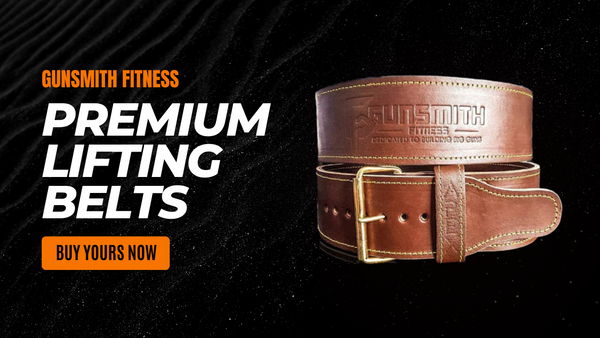
Where Should You Feel Deadlifts?
The deadlift is a fundamental exercise in strength training and bodybuilding, renowned for its ability to work multiple muscle groups simultaneously. However, the effectiveness of the deadlift can be significantly influenced by your form and technique. One common question that arises is: where should you feel deadlifts? The answer to this question can provide valuable insight into whether you're performing the exercise correctly and targeting the intended muscles.
Understanding the Deadlift
The deadlift is a compound exercise, meaning it involves multiple joints and works more than one muscle group at a time. It primarily targets the muscles in your posterior chain, which includes your hamstrings, glutes, and lower back. However, it also engages your core, upper back, and forearms, making it a comprehensive full-body workout.
Despite its effectiveness, the deadlift is often performed incorrectly, leading to less than optimal results and potential injury. Understanding where you should feel the deadlift can help you adjust your form and technique to ensure you're maximizing the benefits of this powerful exercise.
The Primary Muscles Worked
Hamstrings and Glutes
The hamstrings and glutes are the primary muscles targeted in a deadlift. When performed correctly, you should feel a strong contraction in these muscles as you lift the weight from the floor. This sensation is often described as a 'pull' or 'stretch' in the back of your thighs and buttocks.
If you're not feeling the deadlift in your hamstrings and glutes, it may be a sign that your form is off. Common issues include not sitting back into the lift, not keeping the bar close to your body, or not fully extending your hips at the top of the lift.
Lower Back
The lower back is another major muscle group worked during the deadlift. You should feel a degree of tension in your lower back as you lift and lower the weight. However, it's important to note that this should not be a sharp or intense pain. If you're experiencing pain in your lower back, it's likely a sign that you're lifting too heavy or your form is incorrect.
Common form mistakes that can lead to lower back pain include rounding your back, not engaging your core, and lifting with your back instead of your legs. It's crucial to maintain a neutral spine throughout the lift to protect your lower back and ensure the load is distributed correctly.
Secondary Muscles Worked
Upper Back and Traps
While the deadlift is primarily a lower body and core exercise, it also engages the muscles in your upper back and traps. You should feel a degree of tension in these areas as you maintain a tight grip on the bar and keep your chest up throughout the lift.
Not feeling the deadlift in your upper back or traps could be a sign that you're not engaging these muscles effectively. This can be corrected by focusing on pulling your shoulder blades together and keeping your chest up throughout the lift.
Forearms and Grip Strength
Finally, the deadlift can also be a great exercise for developing forearm strength and grip strength. As you hold onto the bar, you should feel a strong contraction in your forearms. If you're not feeling this, it may be a sign that your grip is too loose or you're relying too much on wrist straps or other grip aids.
Improving your grip strength can enhance your deadlift performance and reduce the risk of injury. This can be achieved by incorporating grip-specific exercises into your training routine and minimizing the use of grip aids.
Correcting Your Deadlift Form
Feeling the deadlift in the right places is largely a matter of correct form. If you're not feeling the exercise where you should, it's likely a sign that your form needs adjustment. Here are some tips to help you improve your deadlift form:
- Keep the bar close to your body throughout the lift.
- Maintain a neutral spine – don't round or arch your back.
- Engage your core and keep your chest up.
- Sit back into the lift and drive through your heels.
- Fully extend your hips at the top of the lift.
By focusing on these form cues, you can ensure you're performing the deadlift correctly and targeting the intended muscles.
Conclusion
In conclusion, the deadlift is a powerful exercise that targets multiple muscle groups. When performed correctly, you should feel it primarily in your hamstrings, glutes, and lower back, with secondary engagement in your upper back, traps, and forearms. If you're not feeling the deadlift in these areas, it's likely a sign that your form needs adjustment. By focusing on correct form and technique, you can maximize the benefits of the deadlift and reduce the risk of injury.






